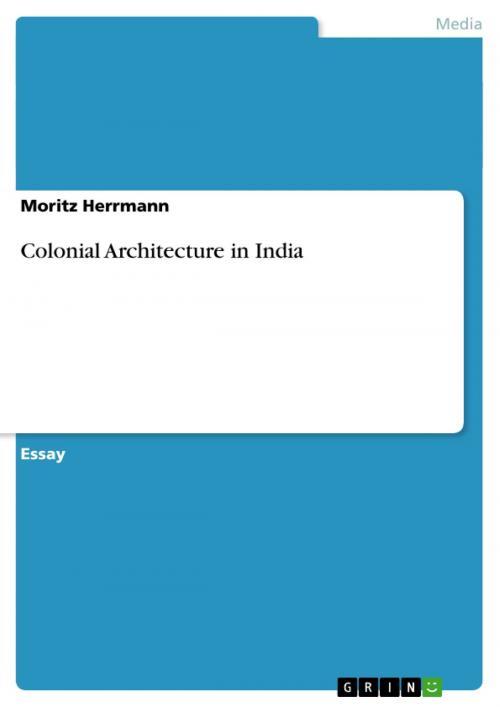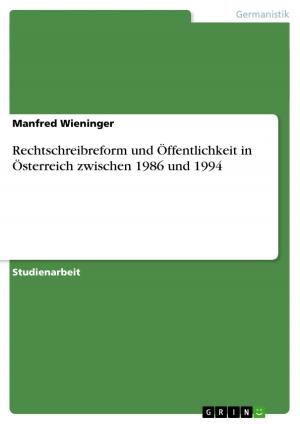| Author: | Moritz Herrmann | ISBN: | 9783640929771 |
| Publisher: | GRIN Verlag | Publication: | June 1, 2011 |
| Imprint: | GRIN Verlag | Language: | English |
| Author: | Moritz Herrmann |
| ISBN: | 9783640929771 |
| Publisher: | GRIN Verlag |
| Publication: | June 1, 2011 |
| Imprint: | GRIN Verlag |
| Language: | English |
Essay from the year 2010 in the subject Art - Architecture / History of Construction, grade: 2,0, Manipal University (Manipal Institute of Communication), course: Cultural History of India, language: English, abstract: Of course, the India of today is also a product of the decade of colonialism in some ways. And although colonial architecture might be just one piece of the puzzle it remains undeniable that its influence is by no means trivial since the output changed Indian landscape. It is fair to say that India has struggled with the colonial heritage in order to find its post-colonial identity. While political experts agree that India has developed dynamically, architecture critics point out architectural development did not quite so - at least not at the same pace. The following essay wants to examine whether this assumption can be explained by the rule colonial architecture. It gives an overview over that very time and its possible meaning for the later, post-colonial architecture of the independent India. It will focus on urban planning, forts and churches.
Essay from the year 2010 in the subject Art - Architecture / History of Construction, grade: 2,0, Manipal University (Manipal Institute of Communication), course: Cultural History of India, language: English, abstract: Of course, the India of today is also a product of the decade of colonialism in some ways. And although colonial architecture might be just one piece of the puzzle it remains undeniable that its influence is by no means trivial since the output changed Indian landscape. It is fair to say that India has struggled with the colonial heritage in order to find its post-colonial identity. While political experts agree that India has developed dynamically, architecture critics point out architectural development did not quite so - at least not at the same pace. The following essay wants to examine whether this assumption can be explained by the rule colonial architecture. It gives an overview over that very time and its possible meaning for the later, post-colonial architecture of the independent India. It will focus on urban planning, forts and churches.















